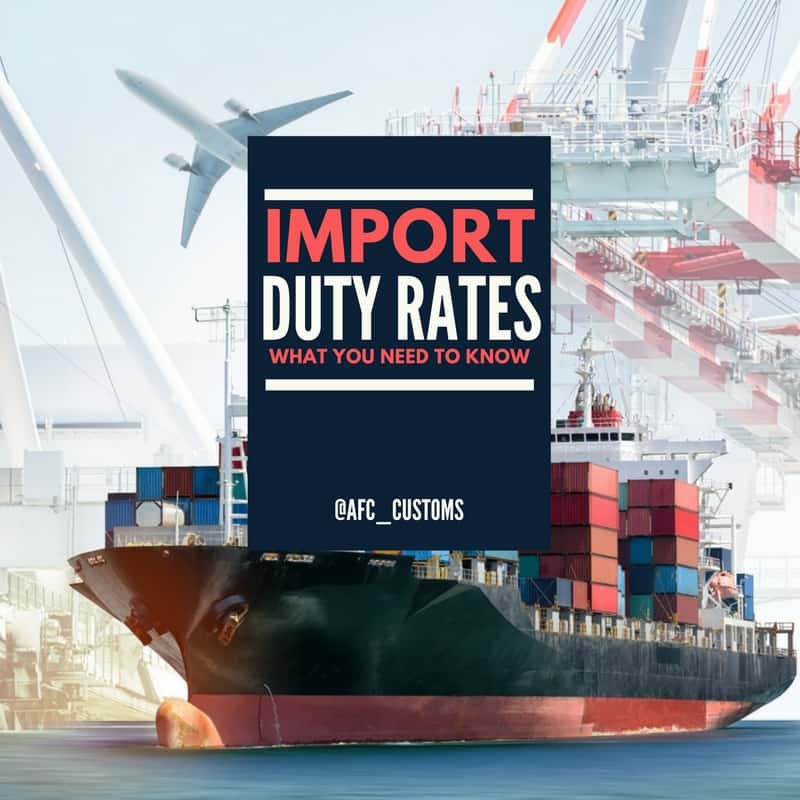When you are importing goods into the United States, it is important that your goods are classified properly. Without proper classification, your goods can be delayed at the border and your import duty rates may be incorrect. Our importer’s guide to import duty rates will teach you what you need to know to get your imports approved quickly and assigned the proper import duty rates.
Classify Your Goods Properly

When importing to the U.S., it is important to have your goods classified correctly. Under Federal regulations, the importer is responsible for the proper tariff classification of their imports. The Harmonized Tariff Schedule (HTS) is an internationally recognized system of names and numbers to classify your goods. The HTS uses a hierarchical number method to describe and classify your goods and impose the proper duty, or tax, for them. U.S. Customs and Border Protection (CBP) makes the final determination of the proper duty rate for your items.
Review the entire HTS and access the U.S. International Trade Commission Tariff Database to get an approximate duty rate number for the product you are importing.
Find the Proper HTS Import Duty Rates Code
There are more than 17,000 individual HTS code numbers to classify your imported goods. That can lead to of confusion unless you enlist the help of a Licensed Customs Broker.

Most imports have their own section in the HTS, which decides what tax, or tariff duty, you have to pay for your imported goods. Try the U.S. International Trade Commission HTS Search tool to help you find the proper code. Make sure you are using the correct rate so your import process runs smoothly and you are paying the proper duty rate.
Utilize Duty Drawbacks
Utilizing duty drawbacks, which are tax refunds from the government, is important as an importer. An estimated $2.4 billion in duty drawbacks are left unclaimed each year. Filing for a duty drawback can provide extra revenue to your business. The following three duty drawbacks should be used:
- Manufacturing Drawbacks
- Same Condition Drawbacks
- Substitution Manufacturing Drawbacks
Drawbacks both strengthen your business and the U.S. foreign trade and U.S. labor force by improving economic development and creating employment. Find more information about duty drawbacks to utilize drawbacks effectively.
Use a Customs Broker

A Licensed Customs Brokers can help your imports arrive safely on U.S. soil while avoiding import process hurdles.
It’s time to consider using a Licensed Customs Broker during the following scenarios:
- When you are importing items over $2,000 in value
- When you are importing regulated items such as pharmaceuticals, chemicals or biological products
- When time is of the essence and you think there may be a possibility the CBP may delay your import delivery.
Reach out to Customs Brokers ahead of time to make the process more effective and to proactively avoid importing mistakes.


Leave a Reply
You must be logged in to post a comment.